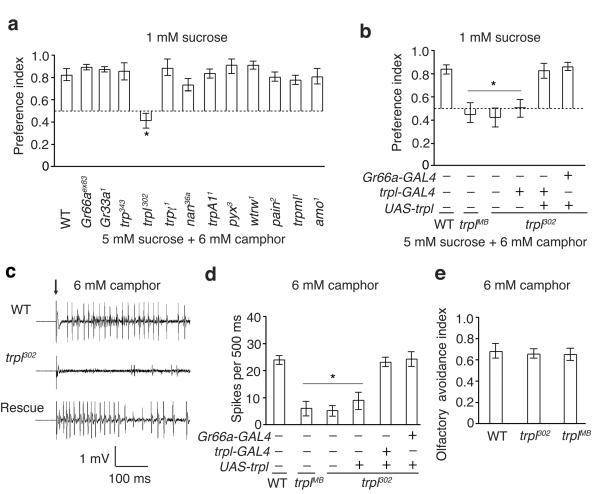Figure 3. Requirement for trpl for responding to the taste of camphor.
(a) Two-way choice assays showing survey of potential requirements for GRs or for TRP channels for avoiding consumption of 6 mM camphor. w1118 was used as the “wild-type” control (WT). n=3 trials. *p=0.000089. (b) Rescue of behavioral deficits in response to 6 mM camphor using UAS-trpl and the indicated GAL4 line. The trplMB03075 allele is abbreviated as trplMB. n=10 trials. *p=0.0001. (c and d) Action potentials in S6 sensilla in response to 6 mM camphor. n=15 animals. *p=0.0001. The “rescue” in c indicates trpl302 flies expressing UAS-trpl expressed under the control of the Gr66a-GAL4. The arrow indicates the application of the recording electrodes to the sensilla in c. (e) DART assays26 using 6 mM camphor. n=5 trials. Error bars indicate SEMs. One-way ANOVA tests with Bonferroni post-hoc analysis.

